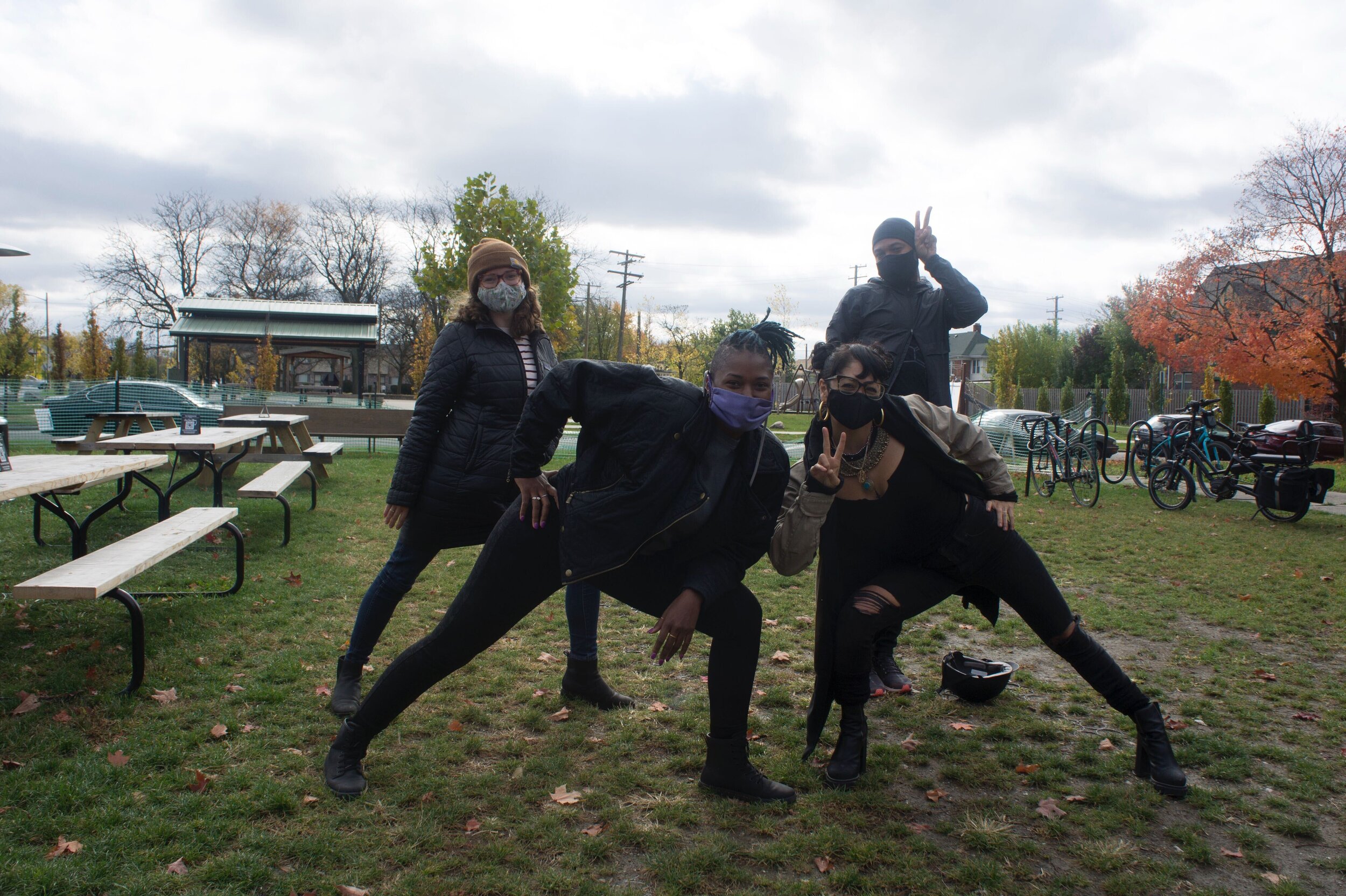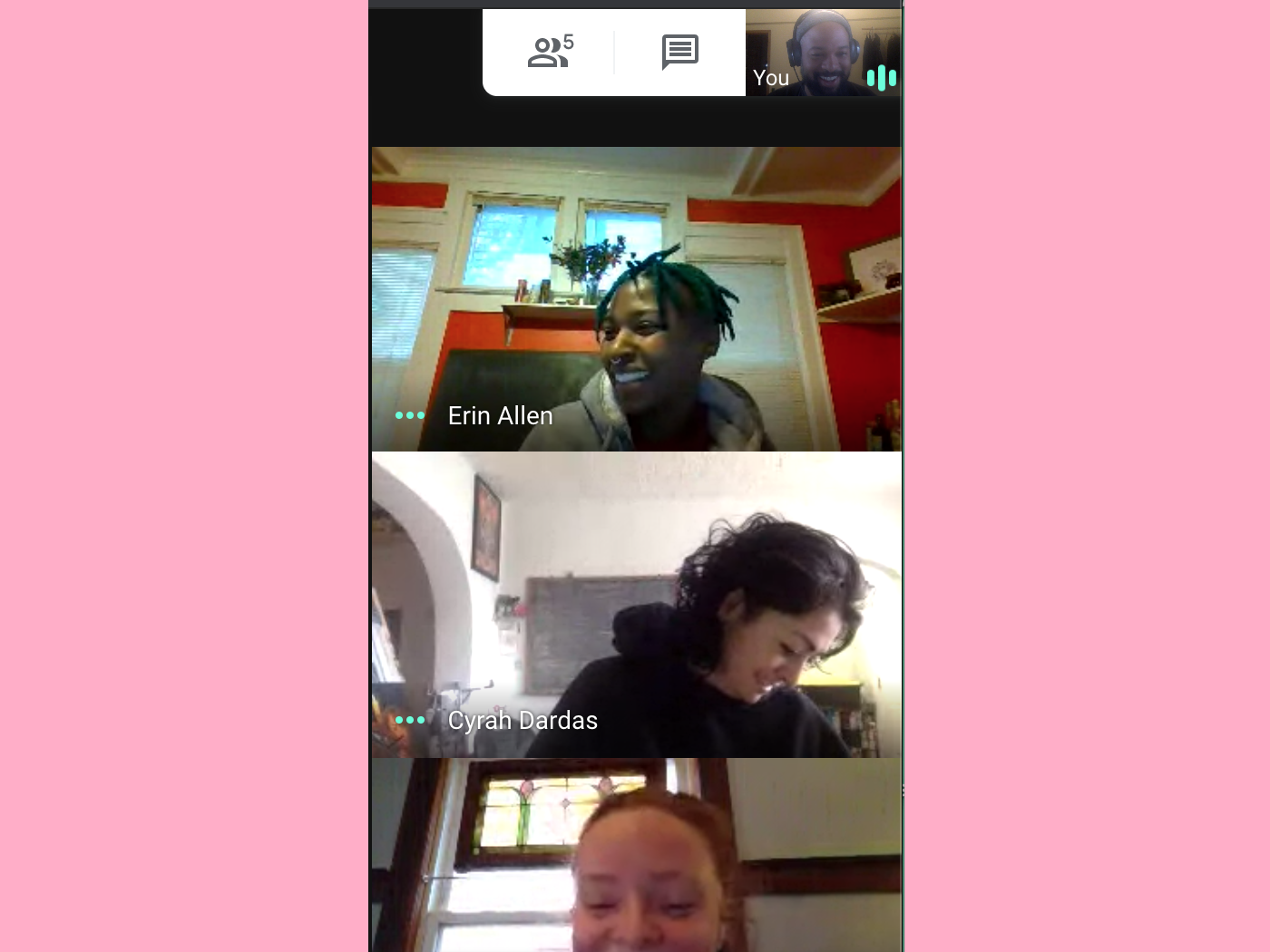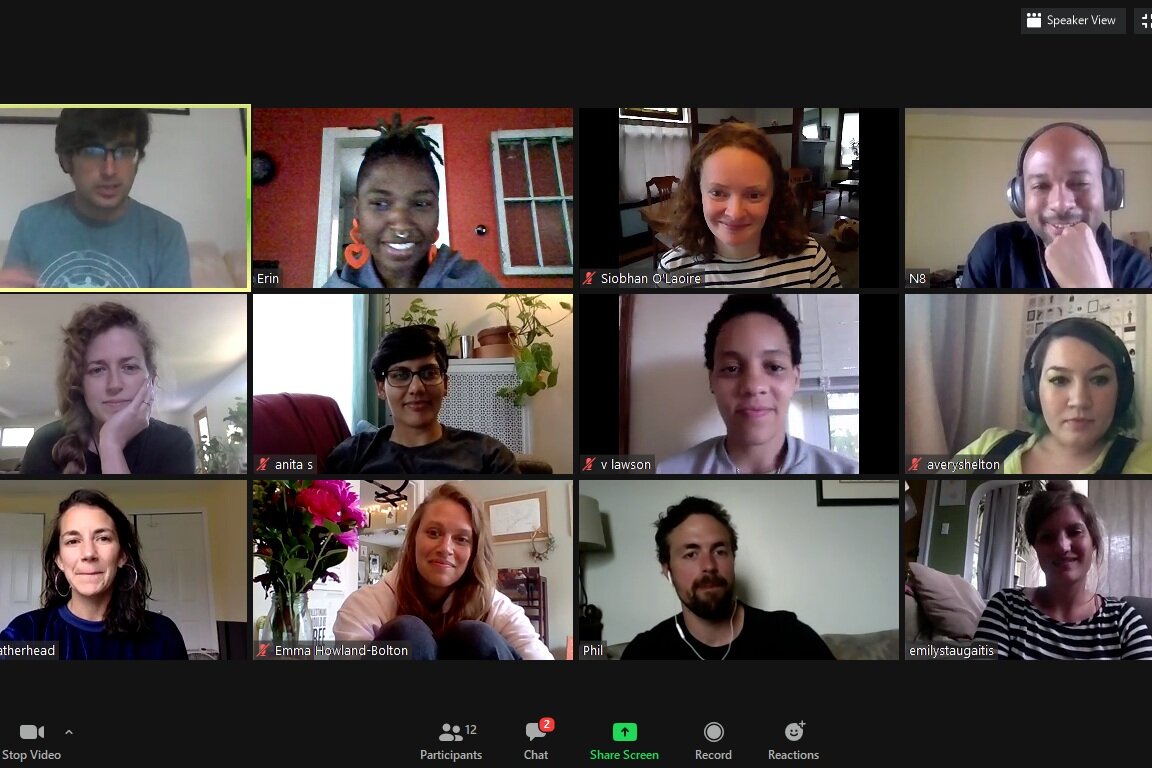ROOT SYSTEM MEDIATION:
“I hope to offer this practice for folks to engage with art as a resource for themselves in processing grief and aligning with their humanity when faced with circumstances that ask them to push past it.
Art can serve as a vehicle for fostering a deeper connection with oneself and cultivating the capacity to attend to our needs.”
- Cyrah, Lead Teaching Artist
An Offering to Pause and Process:
There seems to be a common feeling of depletion and exhaustion. We are over a year into a deadly pandemic while navigating a seemingly endless onslaught of terror; fueling tragedy and trauma around us. It often feels like there is little space to process our emotions and the compounding grief we are experiencing, especially if we are unable to access traditional ways of processing. Our Root System Mediation offering was created by Lead Teaching Artist Cyrah Dardas as an invitation to acknowledge our grief by carefully creating a container and ritual to process our emotions through embodied drawing.
This drawing mediation intends to bring awareness to hidden root systems. While reflecting, we notice the patterns and networks within all living things around us like wondrous trees. We are reminded of the strength and support within our complex root systems and honor interdependence and interconnection as a way to tap into our innate aliveness and inherent resilience. It is a portal to reconnect us to our shared humanity in a context that continuously asks us to disconnect from ourselves, each other and the natural world.
What Is A Drawing Mediation?
“Meditative drawing has been an important tool for me as an organizer, an educator and frankly just as a human living in this world, to center and regulate myself.
”
A drawing mediation is a reflective tool for kinetic relaxation. Firstly, it creates space to process emotions in a safe and healthy way. Using art as a process, the practice of drawing mediations focuses on the healing power of drawing while engaging both the mind and body. The goal is not the end product but to reflect, regulate and replenish through the joyful act of creating. The intention is to use it as a practice in which you find new meaning and depth with each engagement. In doing so, we might find new awareness around our inner voice and other voices within us stemming from our ancestral lineages to our social context.
How To Engage:
Download the drawing prompt here and follow the suggested guided steps.
Steps:
1) PAUSE:
Create a calm, comfortable space.
2) PROCESS:
Envision the root system supporting the tree. Consider:
- What would the roots of the tree look like that support its structure?
- How might the roots beneath the tree mirror the top of the tree?
Using a pen or pencil, draw the root system that you are visualizing beneath the tree.
3) REFLECT:
- What makes up your root system?
- Where does it live inside of you?
- What is its form?
- How has it informed the way you have grown?
- How does it support you?
4) REPEAT:
Continue to make space to come back to this practice.
“ I think about root systems as the things that aren’t so surface about who we are. Yet what everything is built upon. By examining those things you can become more aware of them yourself”








